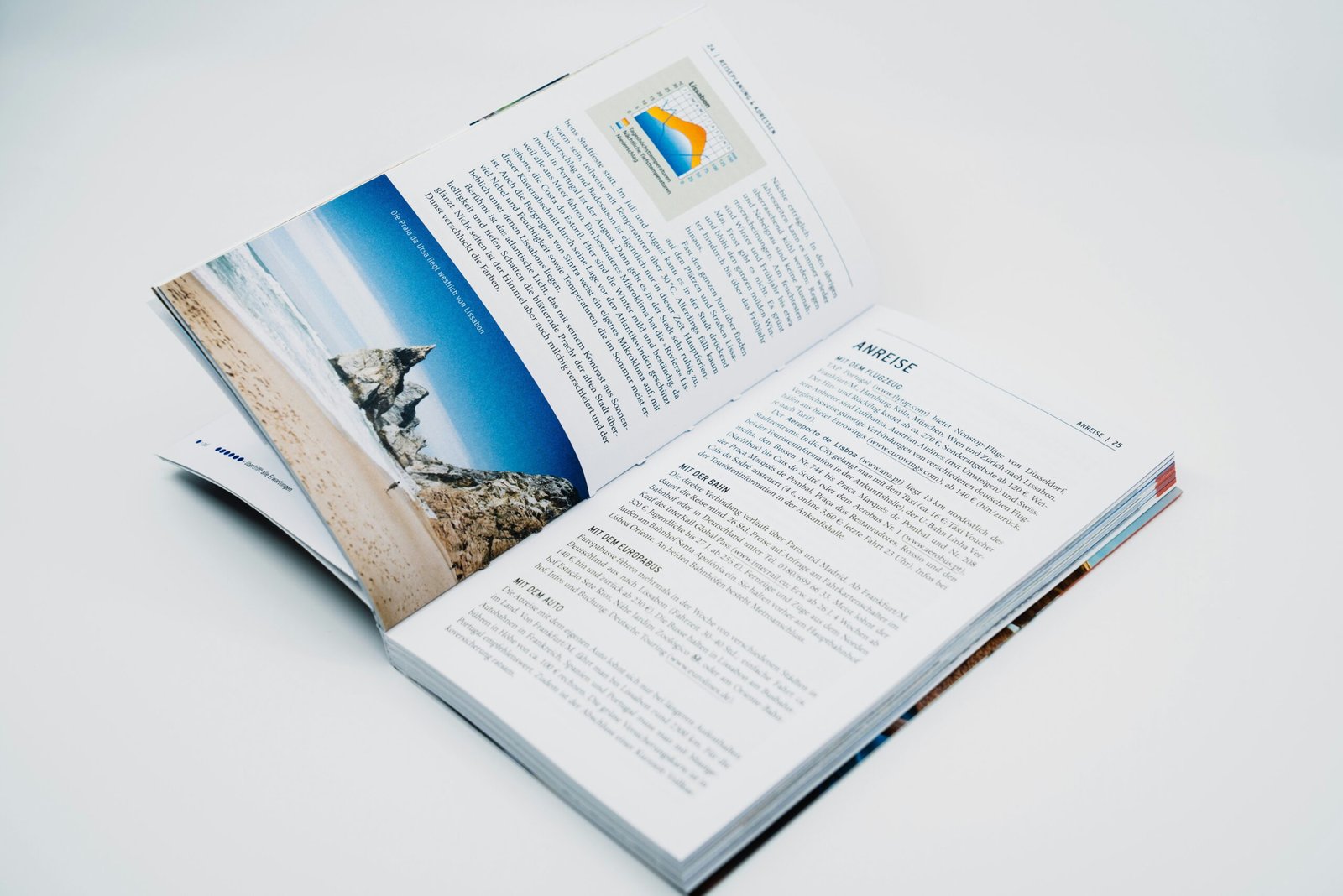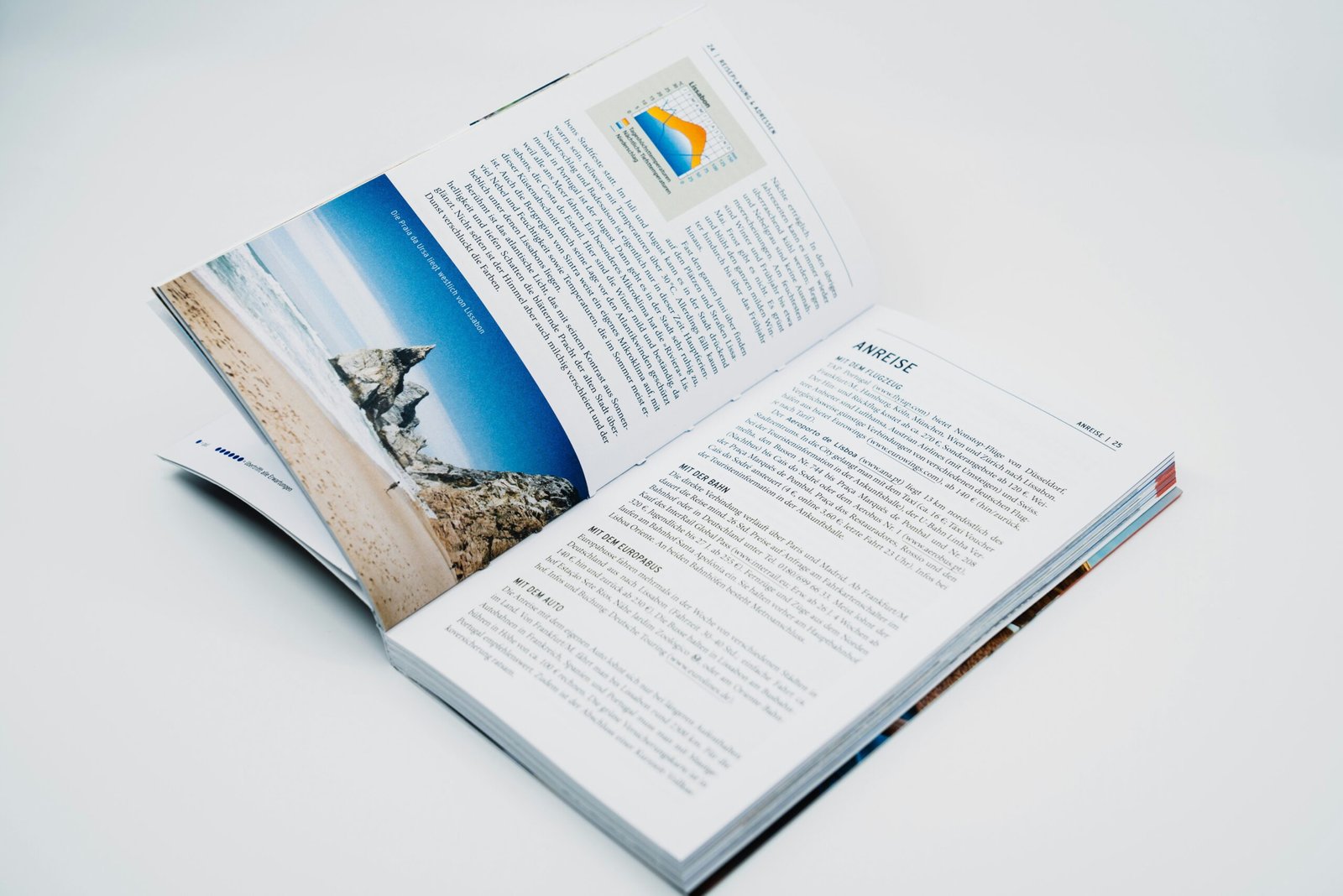
Introduction to Mount Ramelau
Mount Ramelau, standing proudly at an elevation of 2,986 meters, is the highest peak in East Timor, a small nation located in Southeast Asia. This majestic mountain not only dominates the skyline but also holds a significant place in the hearts of the East Timorese people. Geographically, it is situated within the central part of the island, offering stunning vistas that encompass lush green landscapes, rugged terrain, and diverse biodiversity unique to this region.
Historically, Mount Ramelau has been a focal point of local mythology and spirituality. It is often associated with tales that reflect the cultural and spiritual practices of the indigenous communities. The mountain is considered sacred, and its summit, which is often blanketed in mist, serves as a symbol of resilience for the nation, particularly in light of its turbulent history. Climbing Mount Ramelau is more than just a physical endeavor; it is a pilgrimage that many locals and tourists embark upon to connect with the land and its rich heritage.
In addition to its historical context, the cultural importance of Mount Ramelau is evident during various local festivals and ceremonies, where rituals are performed to honor the mountain and seek blessings from the spirits believed to reside within its bounds. For adventure seekers, this peak offers not only a challenging trek but also a profound opportunity to immerse oneself in East Timor’s natural beauty and cultural depth.
As visitors prepare for the climb, they are met with breathtaking views and an invigorating atmosphere that resonates with the essence of adventure. With its blend of natural allure and cultural significance, Mount Ramelau stands as a testament to the spirit of East Timor, making it a must-visit for nature enthusiasts and climbers alike.
Best Time to Climb
When planning an ascent of Mount Ramelau, understanding the seasonal variations and climate conditions is paramount. The best time to climb this majestic peak is generally during the dry season, which runs from May to October. During these months, the weather is more stable, offering clear skies and lower humidity, which significantly enhances the climbing experience. The paths are less slippery, and the chances of encountering rain are considerably reduced, making it safer and more enjoyable for climbers.
Conversely, the wet season, from November to April, presents a starkly different scenario. Heavy rainfall can lead to muddy trails, which not only makes the climb more arduous but also heightens the risk of landslides. Furthermore, the cloud cover during this time often obscures the stunning views that climbers look forward to at the summit. While the lush environment during the wet season can be beautiful, it is advisable for inexperienced climbers to avoid these months.
Another factor to consider when determining the best time to climb Mount Ramelau is the crowd levels. The peak climbing season typically attracts more trekkers, which might be a desired aspect for those seeking companionship or camaraderie. However, for climbers preferring solitude and a more personal experience, aiming for the shoulder months—April and October—can offer a compromise. During these times, one can enjoy mild weather with fewer tourists on the trails.
Ultimately, the decision of when to embark on this adventure should also incorporate personal preferences regarding climate comfort and safety. For instance, some climbers may enjoy cooler temperatures and less humidity, while others may prefer warmer conditions. Evaluating these factors will aid in selecting the optimal time to tackle the climb successfully.
Preparing for the Climb
Climbing Mount Ramelau, the highest peak in East Timor, requires adequate preparation to ensure a safe and enjoyable experience. Physical fitness is paramount as the trek can be strenuous and demanding. Prospective climbers should engage in a fitness regimen that includes cardiovascular exercises, strength training, and endurance workouts well in advance of the climb. Activities such as hiking, running, and cycling can help condition the body for the elevation and terrain challenges that await.
Equally important is the selection of appropriate gear and supplies. Climbers should invest in quality hiking boots that provide robust support and traction. Weather-appropriate clothing, including moisture-wicking layers and a wind-resistant jacket, are essential for climate variability at higher altitudes. Additionally, it’s crucial to pack lightweight camping gear, such as a tent, sleeping bag, and cooking equipment, along with sufficient food and water supplies. Hydration systems or water bottles are also necessary to maintain hydration throughout the trek.
Acclimatization cannot be overlooked when preparing for the climb. As climbers ascend Mount Ramelau, they experience changes in altitude that can impact their physiology. It is advisable to spend a day at a lower altitude before making the summit attempt, allowing the body to adjust gradually to decreased oxygen levels. Staying flexible with your climbing plan can help accommodate any signs of altitude sickness, ensuring a safer experience.
Informed planning is essential for a successful climbing expedition. Researching different routes, understanding the terrain, and being aware of potential hazards are critical for climbers. Familiarizing oneself with maps, guides, and local weather forecasts can significantly reduce risks. Further, safety measures, such as informing someone about the climbing itinerary and carrying a first-aid kit, are vital components that will enhance the overall climbing experience.
Route Overview
Climbing Mount Ramelau, the highest peak in East Timor, offers a variety of routes, each catering to different experience levels and preferences. Notably, the two main paths are the Ainaro route and the Tutuala route, both of which present unique challenges and scenic features.
The Ainaro route is the more popular option among climbers and provides a well-marked path. Typically, it takes about 4 to 6 hours to reach the summit. This route features a gradual ascent that is manageable for most trekkers with a reasonable level of fitness. Along the way, hikers can enjoy lush forests and the beautiful landscapes surrounding the mountain. Additionally, the presence of local flora and fauna enhances the hiking experience, making it appealing for nature enthusiasts.
Conversely, the Tutuala route is recommended for more experienced climbers. This trail is steeper and more rugged, presenting a greater physical challenge and taking approximately 5 to 7 hours to reach the peak. Along this route, climbers are rewarded with breathtaking panoramic views of the surrounding valleys and the distant ocean. The uneven terrain can be daunting; thus, it is advisable for those considering this path to have adequate climbing experience and proper gear.
Both routes culminate at the summit, which offers a remarkable vantage point for witnessing East Timor’s diverse landscapes. It is essential for climbers to assess their skill levels and desired experiences when choosing a route. Weather conditions should also be considered, as this can significantly impact climbing conditions. Thus, thorough preparation is key to ensuring a safe and enjoyable ascent of Mount Ramelau.
What to Expect on the Trail
Hiking Mount Ramelau offers climbers a unique opportunity to immerse themselves in the diverse natural beauty that East Timor has to offer. As the highest peak in the country, the ascent is nothing short of breathtaking, with every step revealing a different facet of the landscape. From the outset, hikers will encounter lush flora that ranges from tropical vegetation to hardy alpine species, showcasing the rich biodiversity of the region. Various endemic plants add to the charm of the trail, creating an engaging atmosphere for nature enthusiasts.
As climbers make their way up, they will experience a series of changing landscapes that transition from dense forests to open grasslands. The trail is marked by varying degrees of elevation, which may pose challenges for some trekkers. Steep inclines can be physically demanding; however, they reward climbers with stunning panoramic views that are worth the effort. Along the way, hikers will also pass through areas of striking geological formations and may encounter unique wildlife such as colorful birds and playful monkeys, adding excitement to the journey.
Rest stops are strategically placed along the trail, allowing climbers to take short breaks, hydrate, and enjoy the vast vistas. These viewpoints serve as ideal spots for capturing memorable photographs and appreciating the serene surroundings. While the experience can be exhilarating, it is crucial to be prepared for unpredictable weather conditions, as temperatures can vary significantly from the base to the summit. Climbers should also ensure they are wearing appropriate footwear to tackle the varying terrains and carry sufficient supplies, as the journey can take a full day or more depending on the chosen trail.
Ultimately, adventurers scaling Mount Ramelau will find themselves not just on a physical journey but also on a pathway that intertwines exploration with a profound connection to the natural environment of East Timor.
Tips for a Successful Climb
Climbing Mount Ramelau, the highest peak in East Timor, requires careful preparation and an awareness of the unique challenges presented by the terrain. To enhance your climbing experience, it is essential to follow several practical tips that can make a significant difference.
First and foremost, staying hydrated is crucial. The climb can be physically demanding, and it’s easy to overlook the importance of hydration amid the excitement. Climbers should carry ample water supplies and take regular breaks to drink. It’s advisable to drink small amounts frequently rather than waiting until you feel thirsty to avoid dehydration, which can lead to fatigue and impair your performance.
Pacing oneself is another key element. Ascending Mount Ramelau is not a race; it’s vital to maintain a steady rhythm that aligns with your fitness level. By adopting a measured pace, climbers can conserve energy and reduce the risk of exhaustion. Regularly assessing one’s condition and adapting the approach can help in successfully reaching the summit.
For those embarking on group climbs, teamwork is essential. Collaboration and communication among group members can not only enhance morale but also increase safety. Assigning roles and maintaining a cohesive group dynamic foster an environment where each member feels supported. If someone struggles, it is important to have a strategy in place for helping them without jeopardizing the climb’s overall objective.
Additionally, documenting the adventure adds a memorable touch to the climbing experience. Photographing key moments can help capture the breathtaking scenery and personal accomplishments. However, ensure that safety does not take a backseat to getting the perfect shot; always prioritize your wellbeing and that of your companions.
Lastly, it is wise to familiarize yourself with specific safety tips for Mount Ramelau. Research the climbing route and weather conditions beforehand, as they can significantly impact the experience. Understanding the terrain and potential hazards allows climbers to be better prepared for any challenges that may arise during the ascent.
Cultural Insights
Mount Ramelau, also known as Mount Tatamailau, is not only the highest peak in East Timor but also a site of immense cultural significance for the Timorese people. The mountain stands as a symbol of national pride and is intricately linked to local customs and traditional beliefs. The inhabitants view Mount Ramelau as a sacred entity, steeped in stories and historical narratives that have been passed down through generations.
One prominent belief is that the mountain is a resting place for the ancestors, a concept that permeates the local spirituality. Climbers are often encouraged to approach their ascent as a pilgrimage, fostering a deeper connection with the land and its heritage. Traditional songs and dances are frequently performed by local communities to celebrate the mountain and its importance, particularly during cultural festivals. Engaging with these practices allows climbers to gain a richer understanding of the cultural fabric of the region.
Visitors are advised to respect local traditions and customs while exploring the area surrounding Mount Ramelau. It is common for local residents to welcome climbers, often offering insights into the mountain’s mythologies and their personal connections to it. Participation in community events, or simply conversing with the locals, can enrich the climbing experience and foster mutual respect. Furthermore, as East Timor continues to develop its tourism industry, sustainable practices that honor local culture are increasingly prioritized by both climbers and local stakeholders.
In essence, a visit to Mount Ramelau transcends mere physical challenge; it encompasses a journey into the heart of East Timor’s rich cultural heritage. Climbers who embrace this aspect will not only enhance their experience but also contribute positively to the preservation of the traditions that define this remarkable mountain.
Experiencing the Summit
Reaching the summit of Mount Ramelau is an experience that transcends the ordinary, offering climbers panoramic views that are nothing short of breathtaking. Standing at an elevation of 2,996 meters, the summit presents an unparalleled vista of East Timor’s rugged landscapes, stretching far into the horizon. Upon reaching the peak, climbers are greeted by an awe-inspiring sight: rolling hills, lush valleys, and the shimmering waters of the ocean beyond. This remarkable backdrop creates an ambiance saturated with peace and a sense of liberation that is both invigorating and humbling.
The atmosphere at the top is often filled with a shared sense of achievement among climbers who have braved the rugged ascent. Many climbers take a moment to reflect on their journey, pausing to absorb the tranquility that envelops the summit. This moment of introspection is a vital part of the experience, allowing climbers to acknowledge the effort exerted in reaching such an impressive pinnacle. It is not uncommon to observe climbers exchanging smiles and congratulatory handshakes, enhancing the communal spirit that permeates this majestic peak.
For those keen on capturing memories, the summit of Mount Ramelau offers several prime photography spots. One particularly popular location is the outcrop that overlooks the famed valleys to the north, where a sunrise or sunset can paint the sky in vivid hues. Another excellent spot is the large cross that marks the summit, a symbol of faith and an ideal setting for group photographs. Taking the time for reflection and capturing these moments will enrich your experience and create lasting memories of your accomplishment.
Post-Climb Activities and Exploration
After conquering Mount Ramelau, climbers have an array of activities and attractions to explore in East Timor that enrich their travel experience. One of the most recommended activities is visiting the nearby town of Ainaro, known for its stunning views and vibrant culture. Here, travelers can wander through local markets, where they can experience the lively atmosphere and purchase traditional handicrafts, offering a glimpse into the rich heritage of the Timorese people.
For those interested in soaking up the natural beauty, the surrounding area boasts several scenic spots, including the picturesque lakes of Beire and the lush valleys that offer opportunities for leisurely hikes. The breathtaking vistas coupled with the tranquility of nature provide a perfect setting for relaxation and reflection after the challenging ascent of Mount Ramelau.
Food enthusiasts will find that East Timor’s culinary landscape is a treat. Local cuisine, characterized by its fresh ingredients and unique flavors, is an essential aspect of the post-climb experience. Restaurants and street vendors serve traditional dishes such as ‘Ikan Sabuko’ (grilled fish) and ‘Kainun’ (rice flour dough), which can be savored while immersing oneself in the local culture. Moreover, sampling ‘Bebot’ (sweet snacks) makes for delightful indulgence between explorations.
Cultural experiences in East Timor do not end with climbing. Engaging with local communities provides invaluable insights into their way of life. Visitors can participate in traditional dance performances or even join a weaving workshop, learning about the intricate skills that have been passed down through generations. Such interactions enhance one’s understanding of the local culture and foster connections with the people met along the journey.
Ultimately, the adventure of climbing Mount Ramelau should extend beyond the summit. By following these recommendations, climbers can fully embrace the beauty and cultural richness of East Timor, ensuring a memorable and well-rounded travel experience.

